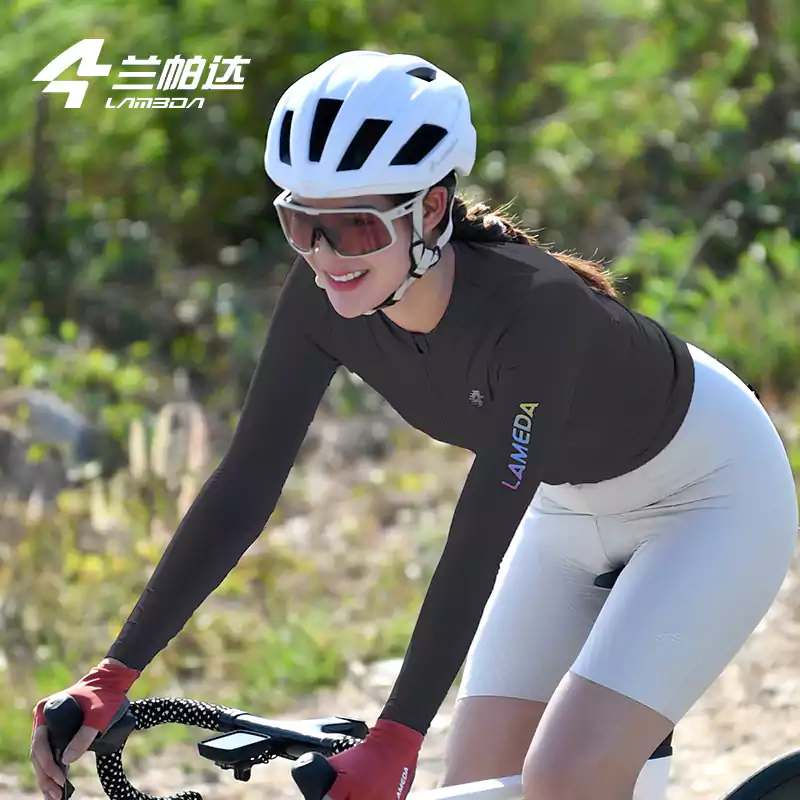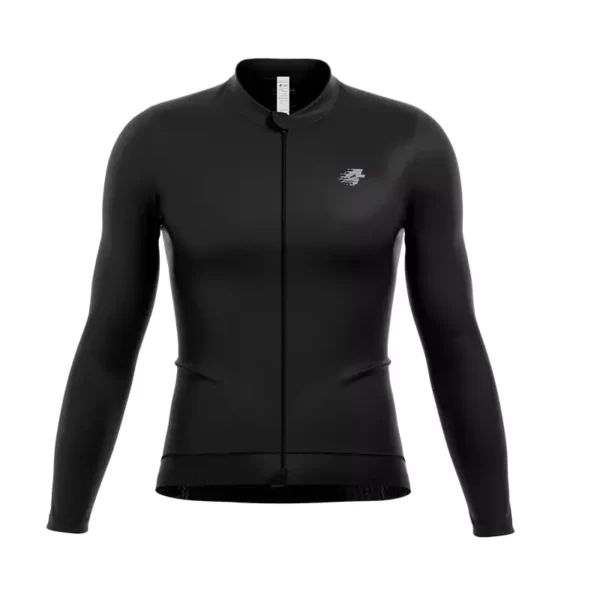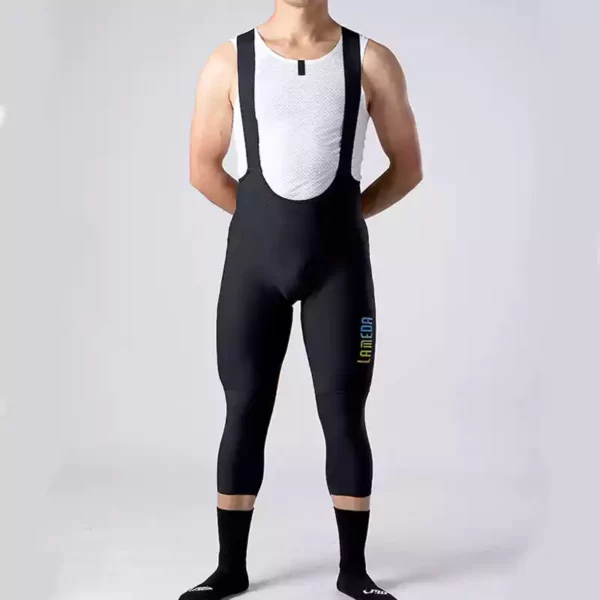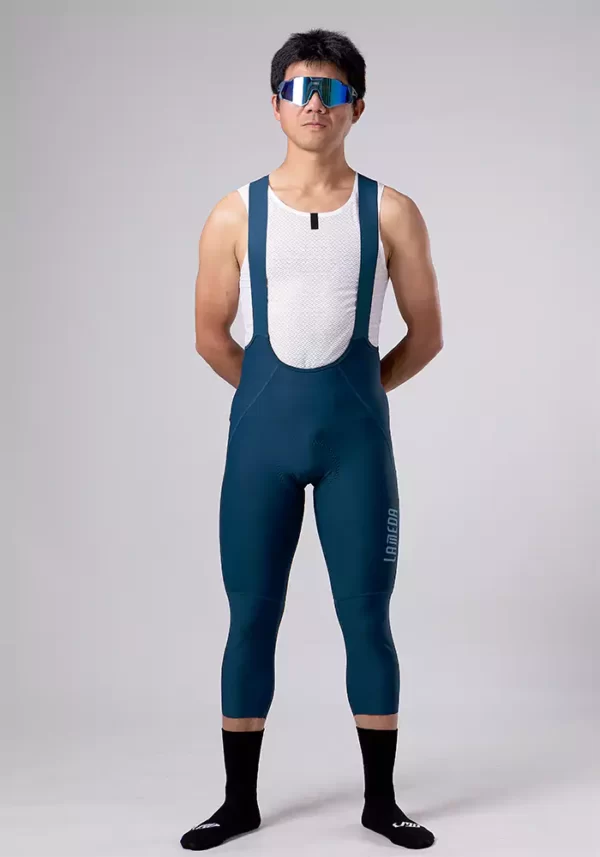Introduction:
Receiving new cycling clothes can be exciting, but it’s not uncommon for riders, especially newcomers to the sport, to be surprised by the snug fit. You’re not alone in wondering, “Are cycling clothes supposed to be this tight?” This article delves into the reasons behind the form-fitting design of cycling attire and provides guidance on achieving the right balance between comfort and performance.
Why Cycling Clothes Are Designed to Be Tight:
- Aerodynamics: One of the primary reasons for tight-fitting cycling clothes is to reduce air resistance. Loose clothing creates drag, which can slow you down. Tight garments hug your body, minimizing wind resistance and enhancing speed.
- Moisture Management: Cycling jerseys and shorts are made from moisture-wicking materials designed to pull sweat away from your skin and evaporate quickly. A close fit ensures these fabrics can work effectively, keeping you dry and comfortable during intense rides.
- Reduced Chafing: Tight clothing minimizes fabric movement against your skin, reducing the risk of chafing and irritation, especially during long rides.
- Support and Stability: In the case of cycling shorts, the tight fit helps keep the padding (chamois) in place, providing necessary support to sensitive areas and reducing discomfort.
Finding the Right Fit:
If your current cycling shirt feels overly constrictive and uncomfortable, it could indeed be a sizing issue. Here’s what you can consider:
Sizing Up: Don’t shy away from ordering a size larger if the current one feels too tight. Many cyclists prefer a slightly looser fit for increased comfort, especially during recreational rides. Modern cycling apparel is designed with performance cuts, so a size up might still provide a streamlined silhouette without being oversized.
Try-On and Adjust: Before committing to a different size, try the garment on while sitting on your bike. This position will give you a better sense of how it will feel during actual rides. Adjust the jersey by tugging it down properly; cycling jerseys often have longer backs to cover your lower back when bent over the handlebars.
Check Brand Specific Sizing Guides: Different manufacturers have unique sizing charts. Always refer to the specific brand’s guide before ordering, as sizes can vary significantly between brands.
Consider the Material: Some materials stretch more than others. If your jersey is made from high elastane content, it may feel tight initially but stretch to fit comfortably during your ride.

Personal Experience and Feedback
When cyclists take up the sport, the prospect of wearing tightly fitted clothing may spark feelings of self-consciousness, given the departure from everyday wear. Yet, as they embark on their first few rides, the practicality and benefits of such attire quickly become evident. The snug fit enhances performance by reducing wind resistance, improving moisture management, and allowing for uninhibited movement – all of which contribute to a more efficient ride.
Central to selecting cycling gear is acknowledging the pivotal roles of comfort and personal taste. Each cyclist’s journey is unique, influencing their choice between two primary fits: race-fit and club-fit. Competitive cyclists, driven by the quest for speed and optimal performance, often opt for race-fit garments. These are meticulously designed for minimal drag, providing a competitive edge in races where every second counts.
On the other hand, cyclists who prioritize comfort and a more casual riding experience find solace in club-fit clothing. This option offers a more forgiving cut, balancing performance with an emphasis on all-day wearability and freedom of movement. Whether cycling for leisure, commuting, or group rides, the club-fit ensures that the love for the sport isn’t overshadowed by the constriction of overly tight attire.
Ultimately, the choice between fits reflects a cyclist’s individual goals, preferences, and the type of riding they engage in, highlighting the importance of finding gear that complements one’s cycling lifestyle.
Conclusion
Yes, cycling clothes are typically designed to fit tighter than regular clothing to enhance performance and comfort. However, feeling exposed or excessively uncomfortable isn’t the goal. Experimenting with sizing, trying on different brands, and understanding the purpose behind the fit can help you find cycling apparel that strikes the perfect balance between aerodynamics, comfort, and personal preference. Remember, the right fit is subjective, and what matters most is how it feels during your ride.
Top Products from LAMEDA:
-
Grace One Piece Cycling Skinsuit Women Quick Dry
$115.00Original price was: $115.00.$99.00Current price is: $99.00. -
Starlight 2.0 Men Cycling Bib Shorts
$59.00 – $79.00 -
Flow Man Cycling Base Layer
$29.00 -
Kylin Men Cycling Bib Shorts Elastic Interface
$109.00Original price was: $109.00.$89.00Current price is: $89.00. -
Endless Men Cycling Bib Pants
$65.00Original price was: $65.00.$55.00Current price is: $55.00. -
Starlight Men Shorts Mtb Road Cycling
$56.00Original price was: $56.00.$45.00Current price is: $45.00. -
Starlight Women Cycling Bib Shorts
$75.00Original price was: $75.00.$59.00Current price is: $59.00. -
Polarizing Color Changing Cycling Glasses Goggles Windproof
$45.00 – $55.00 -
Silver Men Short Sleeve Cycling Jersey CoolMax
$89.00Original price was: $89.00.$65.00Current price is: $65.00. -
Dusk Men Cycling Jersey
$70.00Original price was: $70.00.$45.00Current price is: $45.00. -
Starlight Men Cycling Bib Shorts
$79.00Original price was: $79.00.$59.00Current price is: $59.00.
































